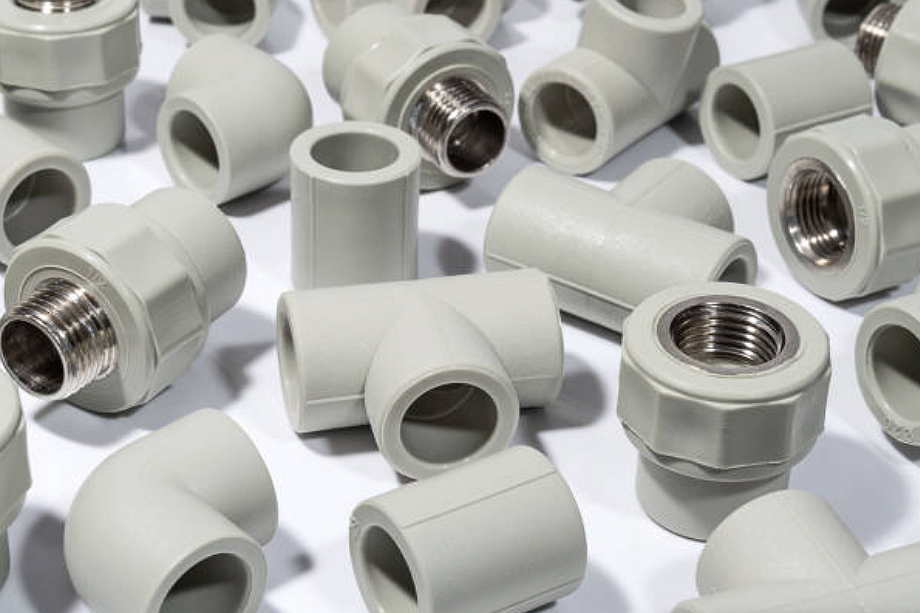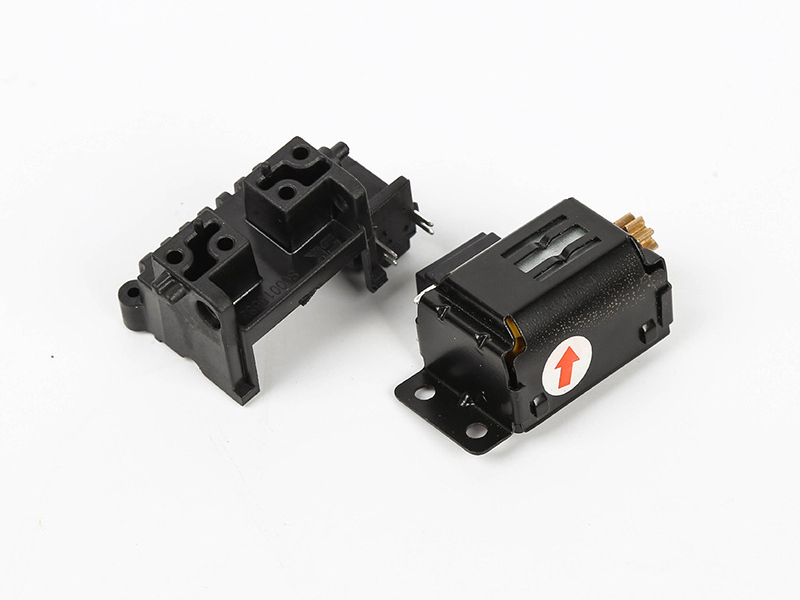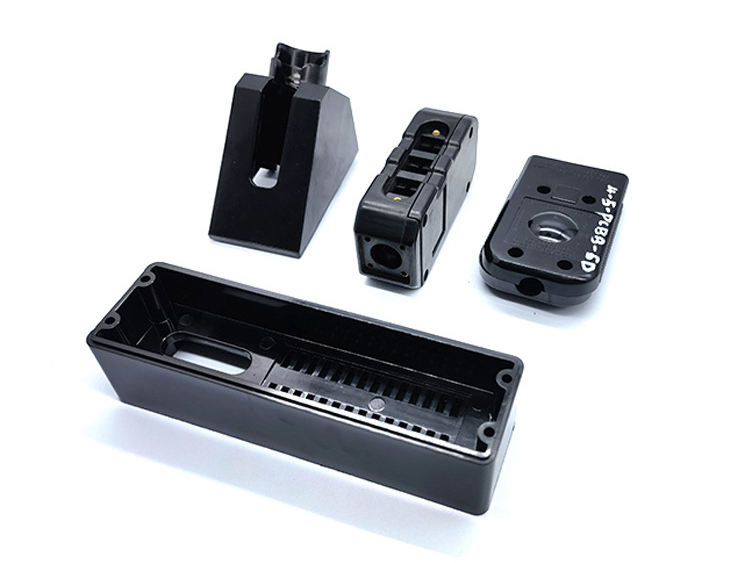What materials are commonly used in insert molding to maximize design flexibility?
Overview
Insert molding is a versatile manufacturing process that combines metals, ceramics, and polymers into a single, integrated component. Its ability to combine materials with complementary properties is what makes it a powerful tool for creative, high-performance design. Selecting the right materials is crucial for achieving a balance between strength, aesthetics, thermal stability, and manufacturability.
High-Performance Thermoplastics
Thermoplastics serve as the base material in most insert molding applications. They provide design adaptability, excellent moldability, and reliable bonding with inserts. Common choices include:
Nylon (PA): Offers strength, toughness, and chemical resistance—ideal for automotive and power tool components.
PBT: Maintains dimensional stability and electrical insulation, perfect for consumer electronics.
Polycarbonate (PC): Combines transparency with impact resistance to create durable yet aesthetically pleasing housings.
PEEK: Withstands high temperatures and chemicals, making it an ideal material for use in medical devices and the aerospace industry.
TPU: Provides elasticity and vibration damping, often used in overmolding and ergonomic designs.
These polymers enable designers to create lightweight, durable, and visually refined parts across various industries.
Metallic Inserts for Structural Strength
Metal inserts give molded parts mechanical rigidity, conductivity, and dimensional accuracy. Commonly used metals include:
Stainless steel – for corrosion resistance and strength.
Brass – for machinability and excellent bonding with plastics.
Aluminum – for lightweight, thermally conductive designs in E-Mobility and energy systems.
Copper alloys – for electrical conductivity in telecommunication and electronics.
When combined with thermoplastics, these metals create hybrid parts with optimal strength-to-weight ratios.
Ceramic Inserts for High-Precision Applications
Ceramics such as Zirconia (ZrO2) and Alumina (Al2O3) provide extreme hardness, wear resistance, and electrical insulation. They’re used in high-end medical and locking system applications requiring precision and durability.
Surface Treatments Enhancing Design Freedom
To ensure strong bonding and aesthetic appeal, surface treatments like PVD coating, anodizing, or sandblasting are often applied. These treatments improve adhesion, create texture contrast, and expand visual design possibilities.



